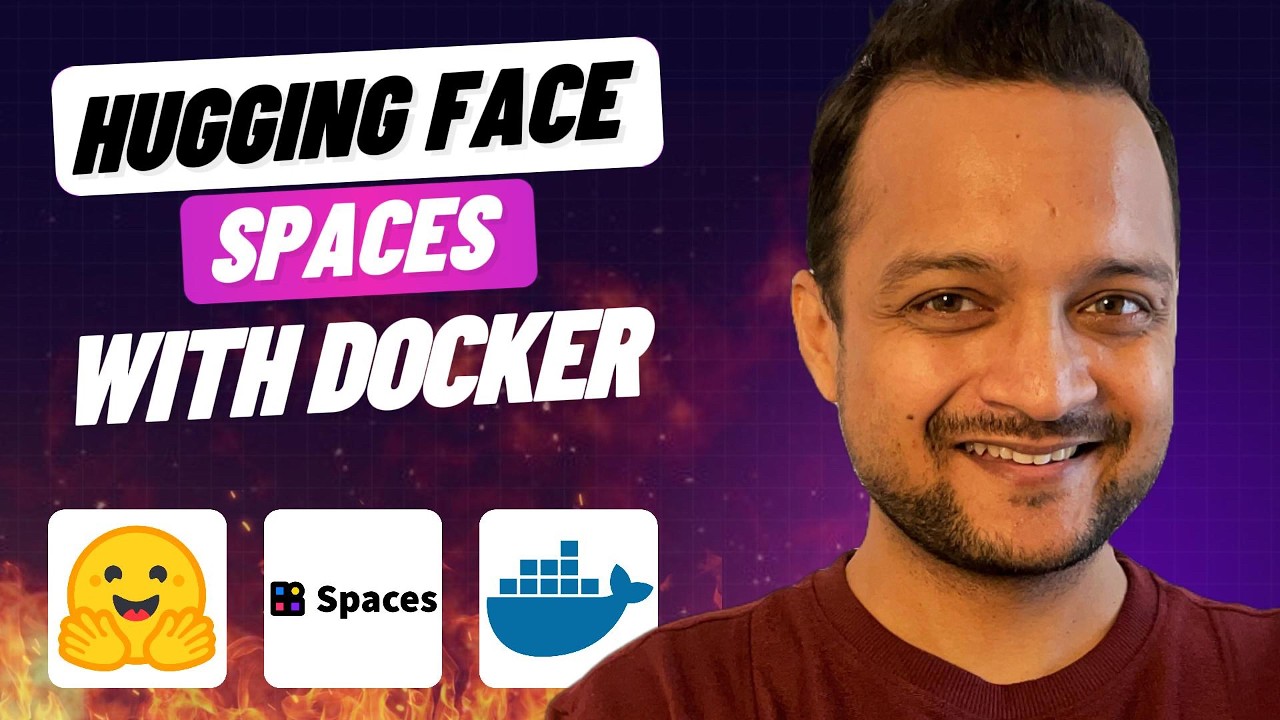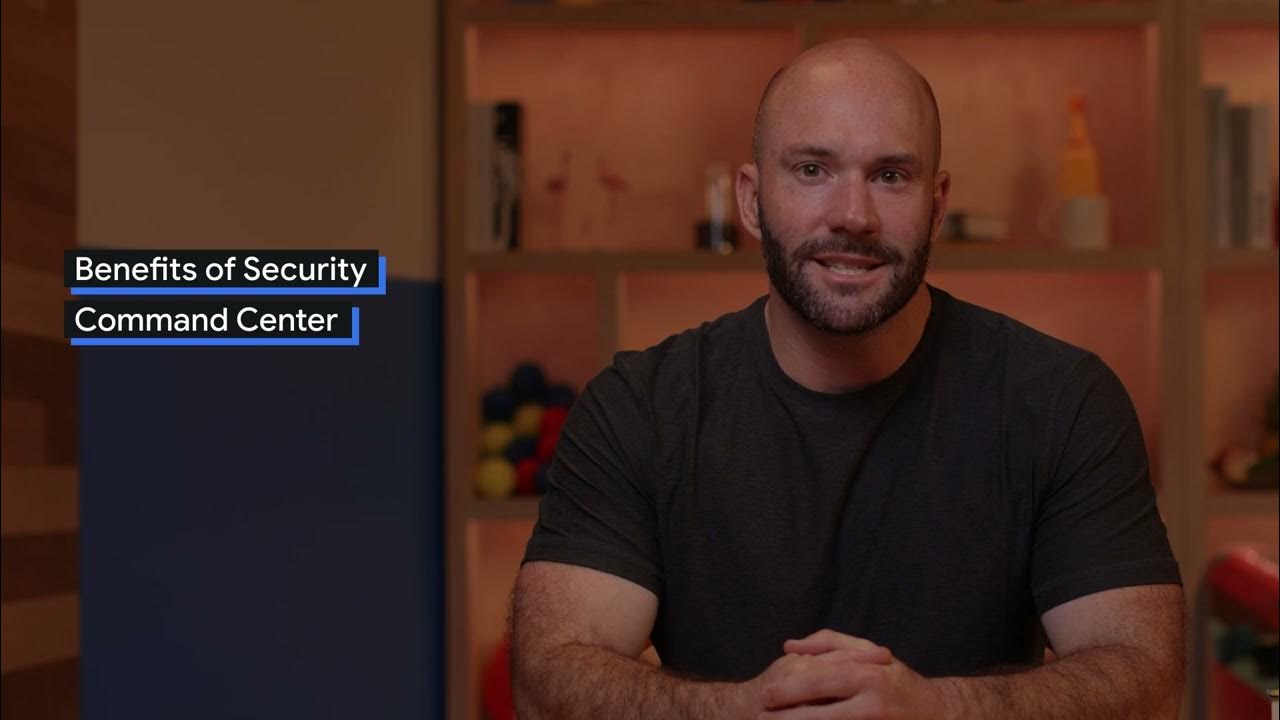Never use a Docker container without doing this first! (And don't create one either!)
Summary
TLDRThis video demonstrates how to secure a Docker image by addressing vulnerabilities and compliance issues. It covers identifying and fixing a critical vulnerability in the `express` package, updating the version, and resolving compliance issues such as ensuring the use of a non-root user and supply chain attestations. The presenter walks through modifying the Dockerfile, applying the necessary changes, and using Docker Scout to analyze and ensure the image is secure and fully compliant. The video emphasizes the importance of container security and how Docker Scout can help ensure the containers are safe and free from critical vulnerabilities.
Takeaways
- 😀 Docker Scout is a tool designed to analyze Docker containers for security vulnerabilities and compliance issues.
- 😀 The demo focused on using Docker Scout to identify and fix high and critical vulnerabilities in Docker images.
- 😀 A common issue with outdated packages (like Express 4.17.1) can lead to CVE vulnerabilities, which can be fixed by upgrading to newer versions.
- 😀 Docker Scout helps track CVE scores and displays the security severity of vulnerabilities in Docker images.
- 😀 Achieving 100% compliance for Docker containers involves addressing not just vulnerabilities but also compliance issues like non-root users and supply chain attestations.
- 😀 Creating a non-root user in the Dockerfile improves security by ensuring the container doesn’t run as the root user.
- 😀 The supply chain attestation ensures that Docker images are properly verified for authenticity and integrity through the use of SBOM and provenance attestations.
- 😀 Docker Scout provides a way to easily assess container security and ensure that no vulnerabilities exist before pushing images to production.
- 😀 Fixing non-root user compliance and adding supply chain attestations are crucial steps in ensuring full container security and compliance.
- 😀 Docker Scout enables developers to continuously monitor and secure their Docker images, ensuring that containers meet high-security standards.
- 😀 The process involves multiple steps, including updating packages, changing user permissions, and adding attestations to meet Docker's compliance standards.
Q & A
What is Docker Scout, and how does it help in securing containers?
-Docker Scout is a security and compliance tool for Docker containers. It analyzes container images for vulnerabilities and compliance issues, ensuring that containers are secure and follow best practices like using non-root users, proper supply chain attestations, and vulnerability management.
What was the issue with the initial `express` version in the `package.json`?
-The initial `express` version 4.17.1 had a CVE vulnerability with a severity score of 7.5, which was identified using Docker Scout. The issue was resolved by upgrading `express` to version 4.19.2, which no longer had the vulnerability.
How was the problem with the non-root user compliance resolved?
-The non-root user compliance issue was fixed by modifying the Dockerfile to create a new non-root user and group. The working directory's ownership was changed to this non-root user, and the image was updated to run as a non-root user.
What compliance issues were found after fixing the vulnerabilities?
-After resolving the vulnerabilities, the Docker Scout report still showed compliance issues related to the use of a non-root user and missing supply chain attestations, particularly the S-BOM (Software Bill of Materials) and provenance attestations.
What steps were taken to resolve the supply chain attestation issue?
-The supply chain attestation issue was fixed by running a command that ensured the container artifacts included both the S-BOM and provenance attestations, thus addressing the missing compliance details.
How did the Docker Scout analysis reflect the improvements after the fixes?
-After the fixes, Docker Scout analysis showed 100% compliance with no critical or high vulnerabilities. The container image passed all security checks, including the non-root user and supply chain attestation requirements.
What is the significance of using a non-root user in a Docker container?
-Using a non-root user in a Docker container is a security best practice to minimize the risk of privilege escalation attacks. It ensures that even if an attacker compromises the container, they do not gain root access to the host system.
Why is it important to fix CVE vulnerabilities in container images?
-Fixing CVE vulnerabilities in container images is crucial for maintaining the security and integrity of applications. Unpatched vulnerabilities can be exploited by attackers, leading to potential data breaches, security risks, and operational disruptions.
What does Docker Scout's 'overview' page show after successful fixes?
-The 'overview' page in Docker Scout shows a summary of the container's security and compliance status. After successful fixes, it displayed 100% compliance with no critical or high vulnerabilities, confirming that the container was secure and met all required standards.
What is an S-BOM, and why is it important for supply chain security?
-An S-BOM (Software Bill of Materials) is a detailed list of all the components and dependencies in a software package. It's crucial for supply chain security as it helps organizations track and verify the integrity of software components, ensuring that no vulnerable or malicious components are included.
Outlines

Dieser Bereich ist nur für Premium-Benutzer verfügbar. Bitte führen Sie ein Upgrade durch, um auf diesen Abschnitt zuzugreifen.
Upgrade durchführenMindmap

Dieser Bereich ist nur für Premium-Benutzer verfügbar. Bitte führen Sie ein Upgrade durch, um auf diesen Abschnitt zuzugreifen.
Upgrade durchführenKeywords

Dieser Bereich ist nur für Premium-Benutzer verfügbar. Bitte führen Sie ein Upgrade durch, um auf diesen Abschnitt zuzugreifen.
Upgrade durchführenHighlights

Dieser Bereich ist nur für Premium-Benutzer verfügbar. Bitte führen Sie ein Upgrade durch, um auf diesen Abschnitt zuzugreifen.
Upgrade durchführenTranscripts

Dieser Bereich ist nur für Premium-Benutzer verfügbar. Bitte führen Sie ein Upgrade durch, um auf diesen Abschnitt zuzugreifen.
Upgrade durchführenWeitere ähnliche Videos ansehen

All-In-One Open Source Security Scanner | Docker Image Analysis with Trivy

Install n8n On Your PC for FREE

Self-Host Next.js 15 on VPS in 8 Minutes (EASY!)

FREE Domain and SSL for Local Network | Nginx Proxy Manager on Docker - #13

End of local AI Apps ?? HuggingFace Spaces + Docker + FastAPI

Overview of the Google Cloud Security Command Center
5.0 / 5 (0 votes)
